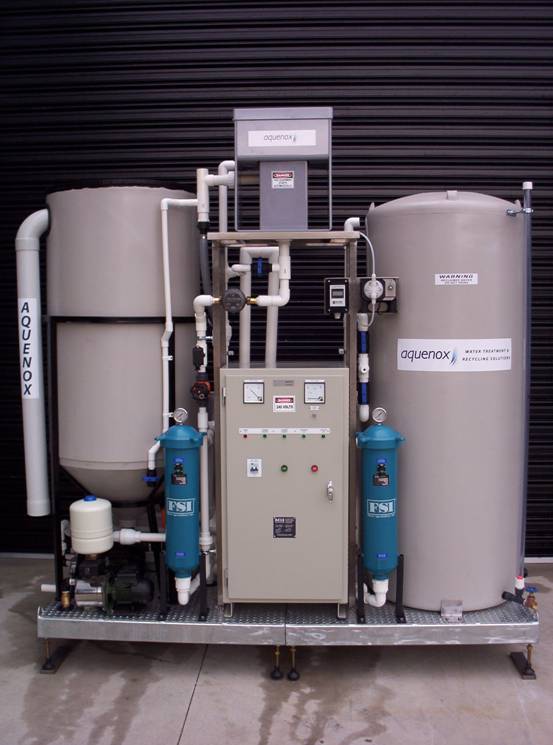Electrocoagulation Unit - EC-01 Specificaton & Trade Terms
| Model | EC-01 |
|---|
| Place Of Origin | China |
|---|
| Price Term | EX-Work |
|---|
| Payment Term | T/T |
|---|
Electrocoagulation (EC) uses a direct current to dissolve a parallel electrode unit and thereby introduces metal ions with a positive charge into the wastewater stream (fig 1). These ions are attracted to the very fine negatively charged droplets and particles of the contaminants. Repelling forces between the droplets and particles are broken and the dispersed particles combine into larger separable aggregates. The resulting agglomerations increase in size until they are no longer stable in an aqueous medium. Once destabilized, positively charged ions react with negatively charged particles in the water resulting in floc that approach a highly stable state. The flocs either sink or float, depending on the characteristics of the waste stream (fig 2). Simultaneously, gases formed by electroanalysis form very fine bubbles that associate with the coagulated contaminants and buoy them up for removal by flotation. Because the floc is highly stable it can then be easily separated from the water by a number of conventional secondary separation techniques.
Removal of radioactive species, especially in uranium, radium, plutonium
• Removal of algae
• Pretreatment for reverse osmosis, ultrafiltration, nanofiltration, etc.
• Removal of complex organics, especially in fats, grease, fibre, emulsified oils and PAHs
• Removal of pesticide
• Treatment of cooling towers water
• Removal of suspended and colloidal solids
• Process of multiple contaminants
• Process of marine bilge waters
• Process of landfill waters
• Sludge Dewatering
• Regeneration of antifreeze
• Process of commercial laundries waters
• Process of parking lots waters
• Process of steam cleaners waters
• Removal of negatively charged salts such as nitrate, phosphate, fluorides, cyanide, arsenide, molybdenum, sulphide, chromate, silicate and so on
• Removal of positively charged heavy metals such as copper, cadmium, nickel, lead, antimony, zinc, Chrome and so on
